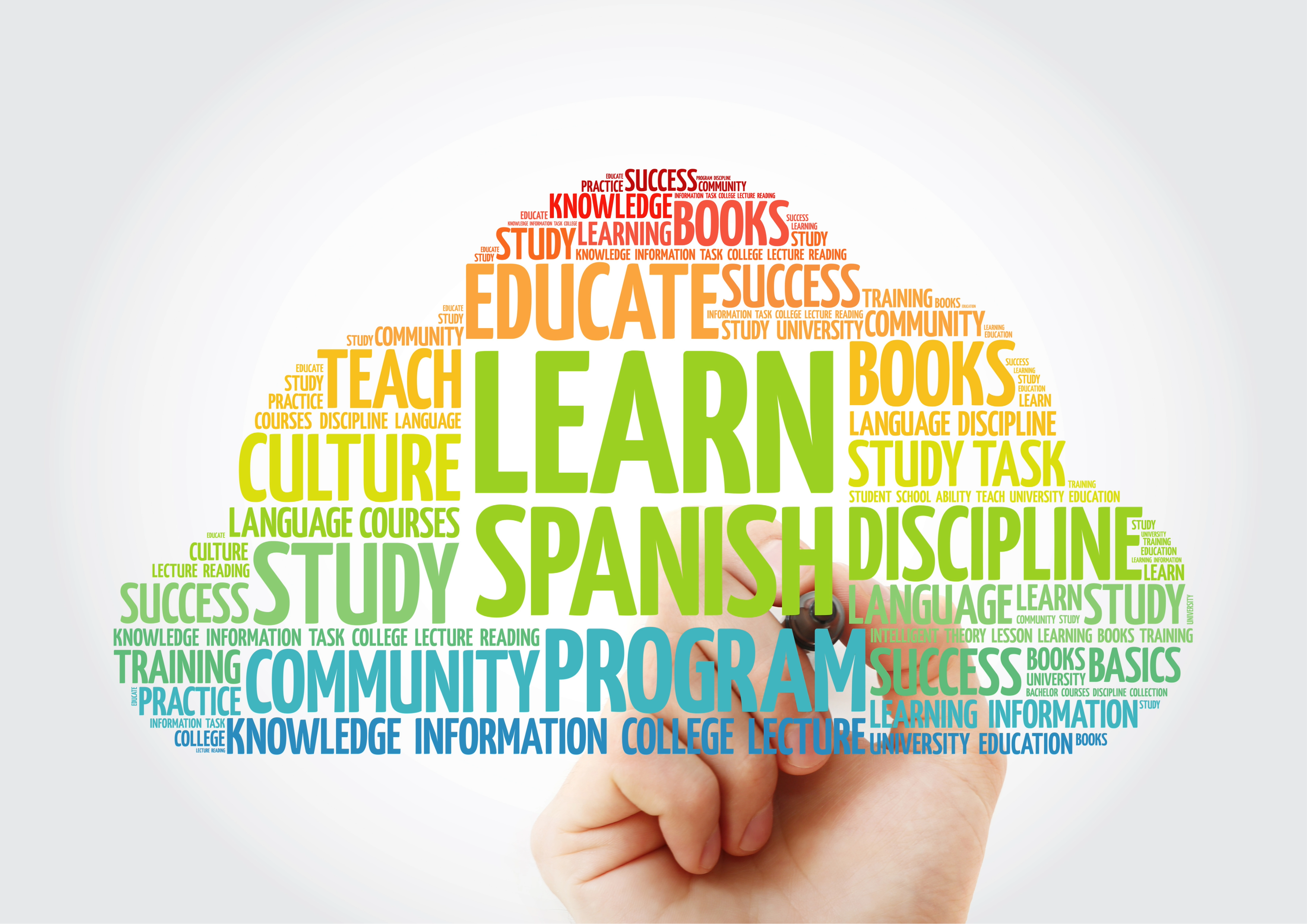
Etiquette in Greetings and Physical Contact for Latin Americans
Discover how to greet correctly and avoid intercultural misunderstandings when speaking Spanish with native speakers.
Did you know that an overly firm handshake or a misplaced cheek kiss can leave the wrong impression in a Spanish-speaking professional setting? For busy professionals seeking to enhance their language skills for career development, understanding intercultural communication goes far beyond memorizing vocabulary or practicing grammar. It also means knowing how to greet with courtesy and naturalness according to the social norms of the Spanish-speaking country you are interacting with.
This article is a practical, culturally informed guide on the etiquette of greetings and physical contact in the Hispanic world-essential if you want to speak Spanish confidently, improve your interactions while traveling or doing business, and overcome language anxiety.
1. Greetings and Physical Contact: More Than Mere Politeness
In most Latin American countries, a greeting is a sign of warmth, respect, and closeness. According to anthropologist Edward T. Hall (1990), Latin cultures are “high context,” meaning they value nonverbal cues, such as eye contact, tone of voice, and physical touch, more than the words themselves.
While Anglo-Saxon cultures prioritize personal space, in Latin America it is common to greet with a cheek kiss or even a hug, depending on the level of familiarity. For those learning Spanish for professional purposes, knowing when and how to use these gestures is essential for building effective relationships.
2. A Kiss? Two? A Handshake? A Hug?
Overall, greetings in Latin America involve more physical contact and less personal distance compared to other cultures. It is customary to greet acquaintances with a cheek kiss or a hug, depending on the relationship and the region. For example, in informal contexts, friends and family members typically exchange a cheek kiss, whereas in Spanish-language business settings, handshakes are more common, though physical closeness remains typical.
| Type of Greeting | Context | Description |
| Cheek Kiss | Friends and family | Common among women or between men and women; number of kisses varies (two kisses in Spain, one on each cheek; only one kiss on a cheek in most Latin American countries). |
| Hug | Friends, family, sometimes colleagues | Frequent among men or in close relationships; includes a light embrace or a pat on the shoulder. |
| Handshake | Business or first meeting | Standard in formal settings, accompanied by direct eye contact and a smile. |
Practical Tip: If you are unsure, start with a handshake and observe how the other person responds. The golden rule is to adapt your behavior to the context and the relationship.
3. What About the Professional Environment?
In the business world where many of your goals lie, especially if you are learning Spanish for business, it is crucial to know the cultural codes. Intercultural consultant Erin Meyer (2014), author of The Culture Map, warns that misinterpreting these details can harm a professional relationship.
In meetings with Spanish-speaking clients, begin with formality (handshake, eye contact, use of titles like “Señor” or “Doctora”) and allow the relationship to evolve toward greater closeness. Many English-speaking professionals are surprised to see that after several meetings, greetings shift from formal to warmer ones, with hugs or even personal invitations.
4. Beyond the Greeting: Personal Space and Duration of Contact
A study by Sorokowska et al. (2017) on personal space preferences across 42 countries revealed that Latin Americans tend to maintain shorter distances than North Americans or Northern Europeans during social interactions. For those looking to overcome language anxiety, understanding these nonverbal norms helps you feel more at ease in real conversations.
In general:
- Eye contact is direct but not challenging.
- Conversations take place at a close distance (45–60 cm).
- Touch on the arm or shoulder during conversation is common.
5. How to Integrate These Cultural Aspects into Your Spanish Classes
Learning Spanish for business or to navigate travel confidently not only involves mastering grammatical structures. It also requires understanding the cultural codes that govern social interaction. That’s why in my personalized classes, specifically designed for busy professionals, we address greetings and courtesy in the Hispanic world.
We do this through:
- Analysis of authentic videos and audio clips that show how people greet in different Spanish-speaking countries.
- Guided discussions on cultural norms, clarifying doubts, common misunderstandings, and strategies to act with confidence and respect.
This approach has helped my students speak Spanish with confidence and feel prepared to act appropriately in various cultural contexts, even when body language and greetings differ from what they are used to. In this way, they overcome language anxiety and interact naturally without fear of causing discomfort or being misinterpreted.
6. What Should You Avoid?
If your goal is to project professionalism and warmth in Spanish, here are some common mistakes to avoid:
- Giving a cheek kiss too quickly in formal or business contexts without first observing others’ behavior.
- Offering a handshake from too far away or without eye contact, which can be interpreted as disinterest.
- Invading personal space too much before establishing a relationship of trust.
Conclusion: Greet Well, Speak Well
Mastering greeting etiquette in Hispanic cultures is not just a courtesy tool, it’s a key strategy to enhance your intercultural communication. If you are a professional seeking to learn Spanish online for work, social, or personal purposes, this knowledge will bring you one step closer to fluency.
Is your goal to overcome language anxiety and greet confidently at your next Spanish-language meeting? Would you like to apply all of this in a guided, practical, and tailored environment? Then…
Send me a message to book your trial class!
